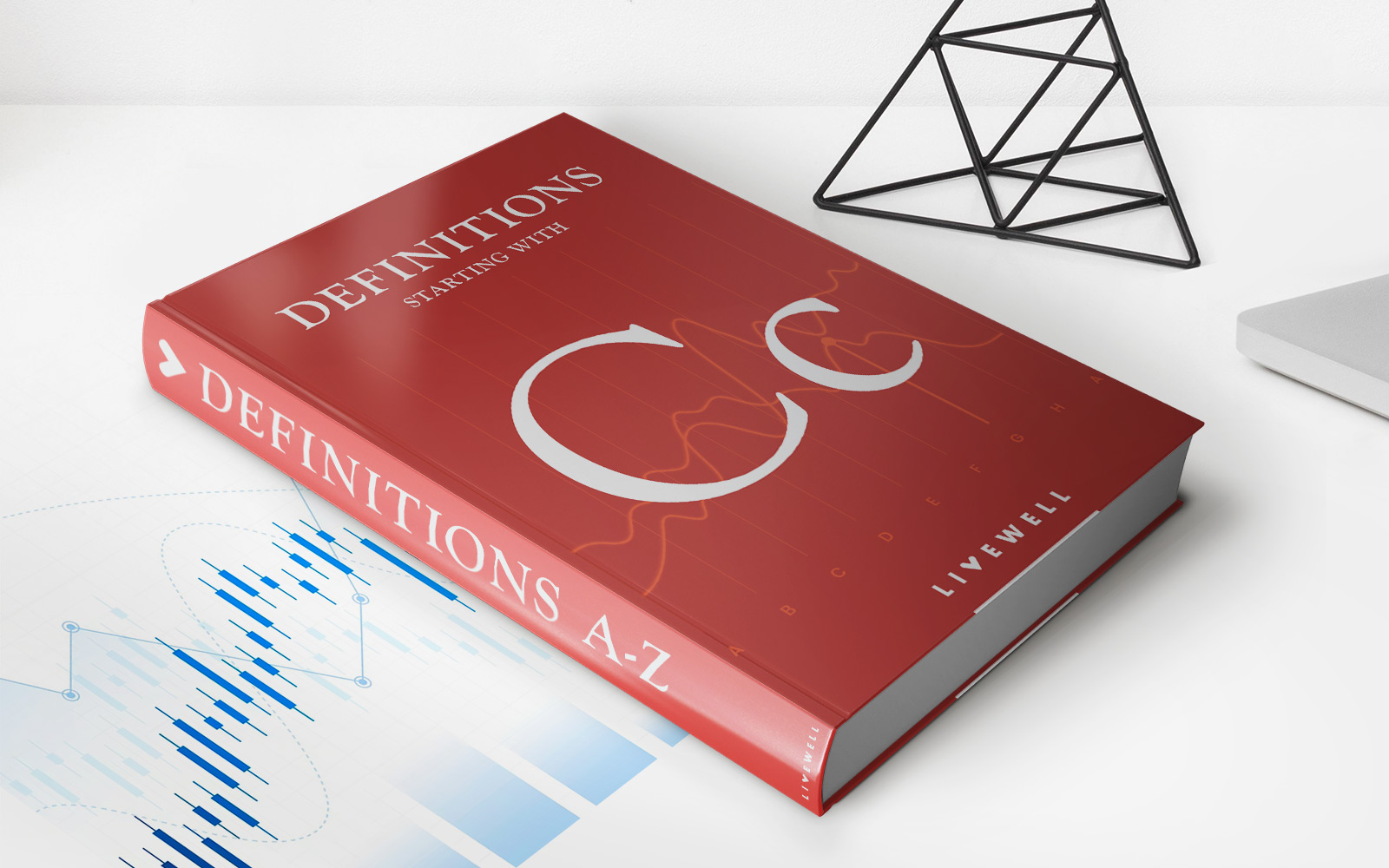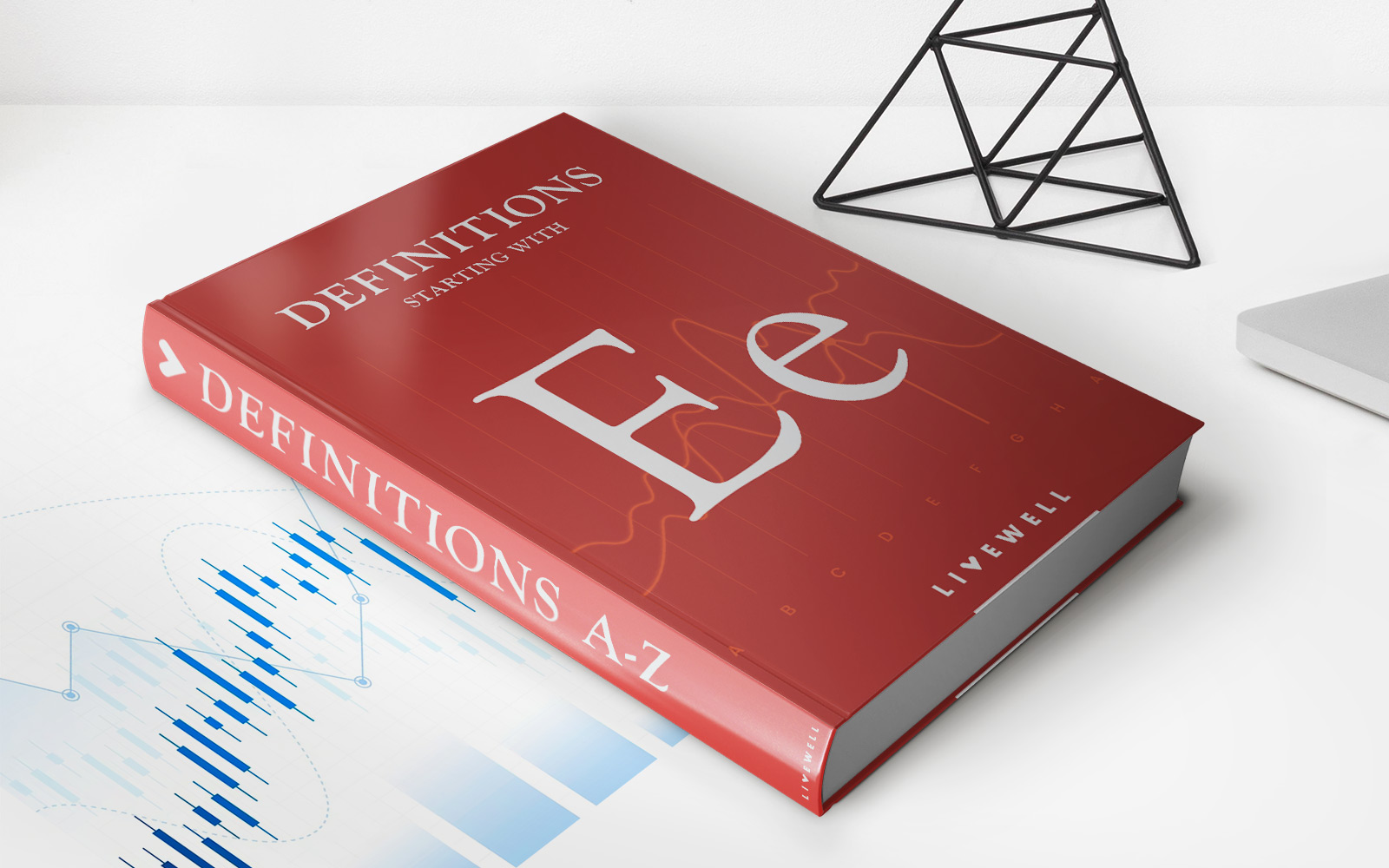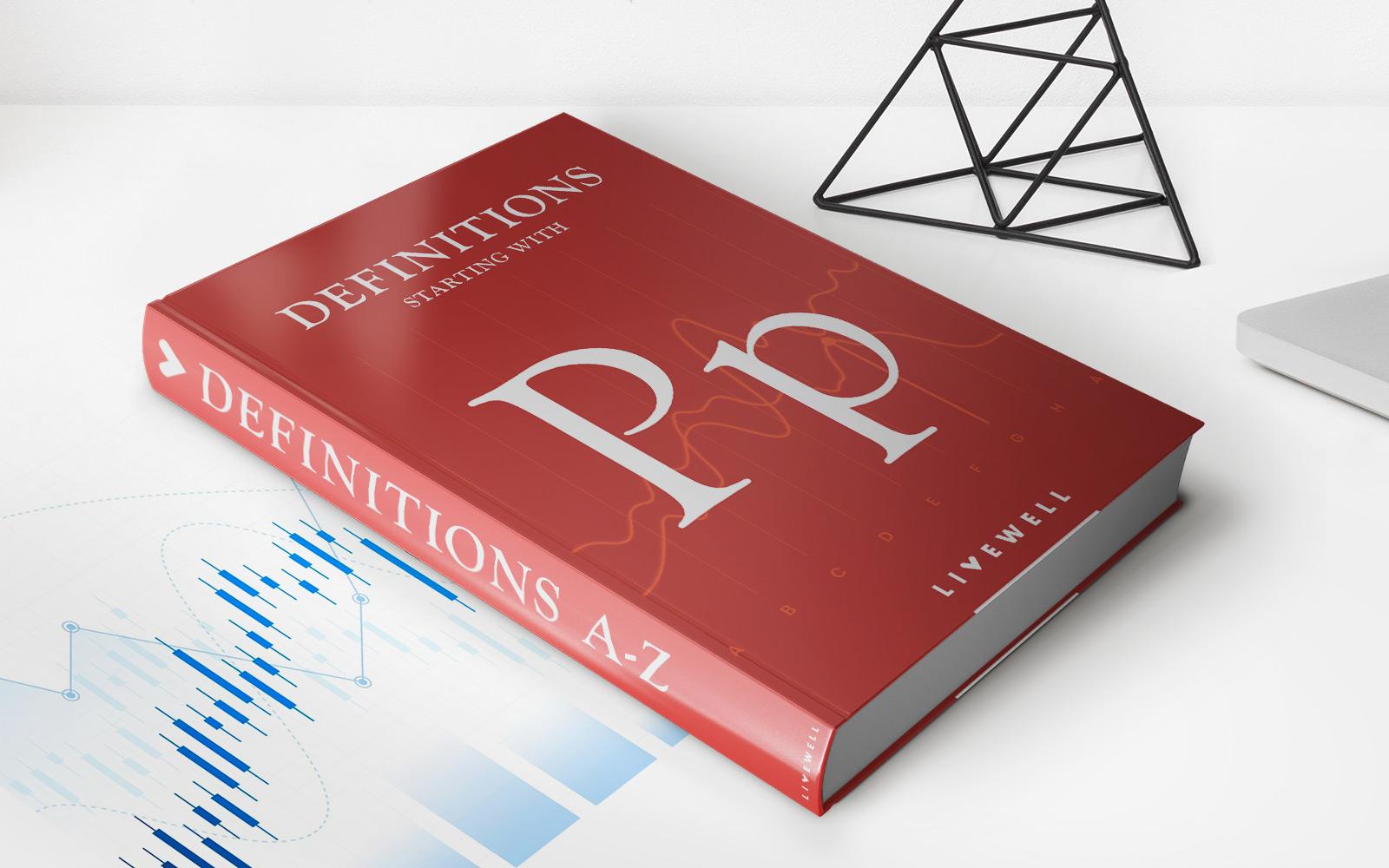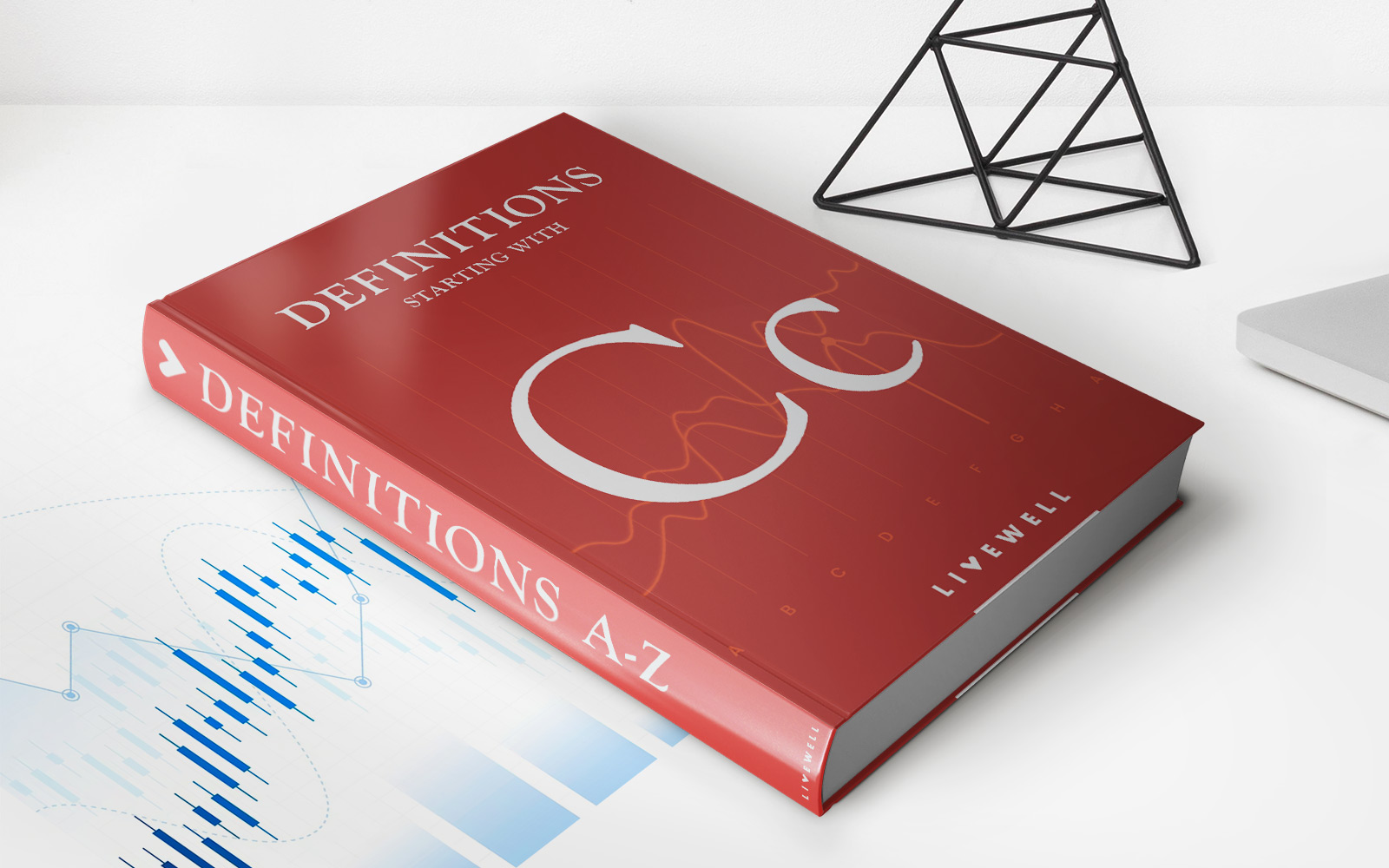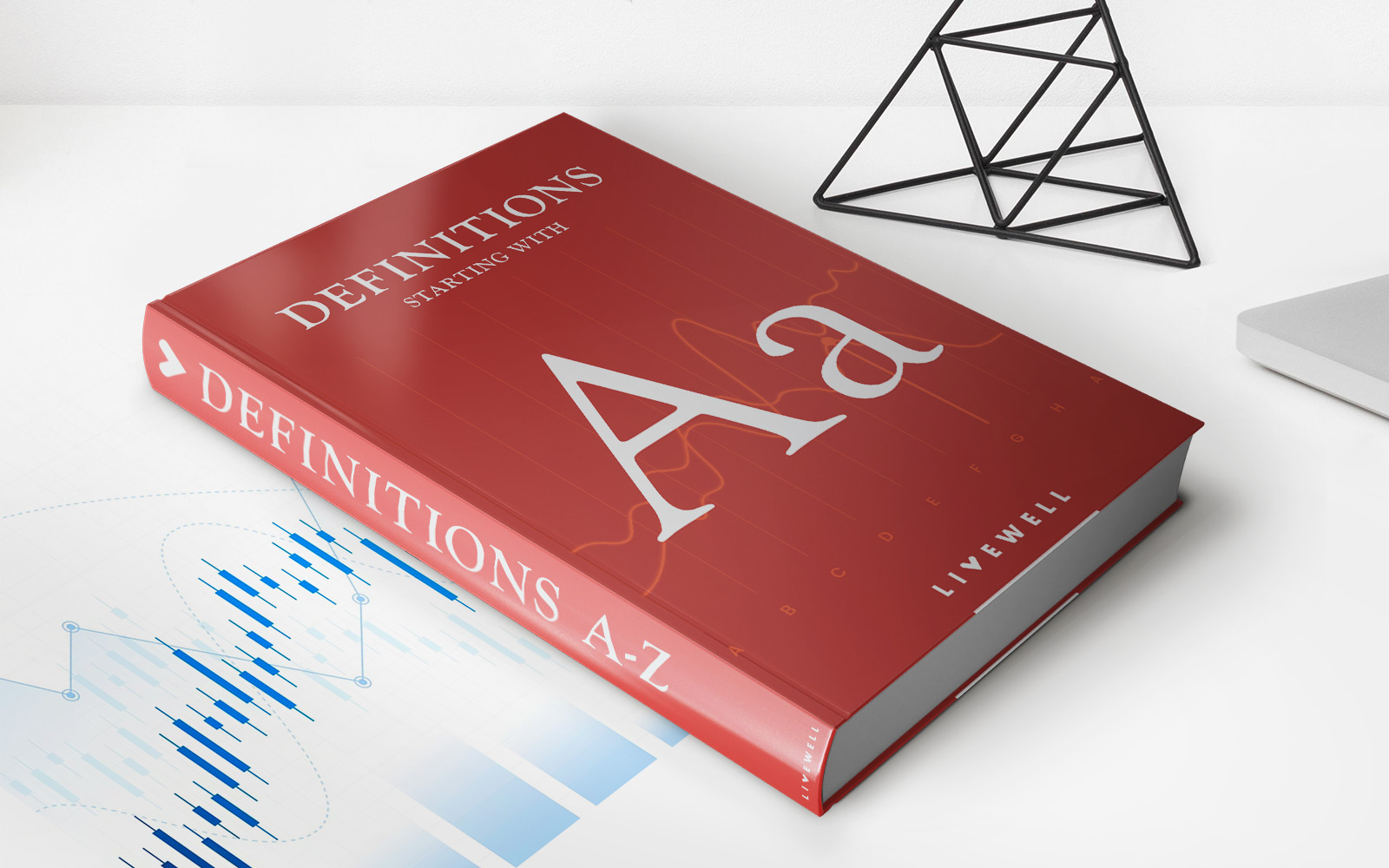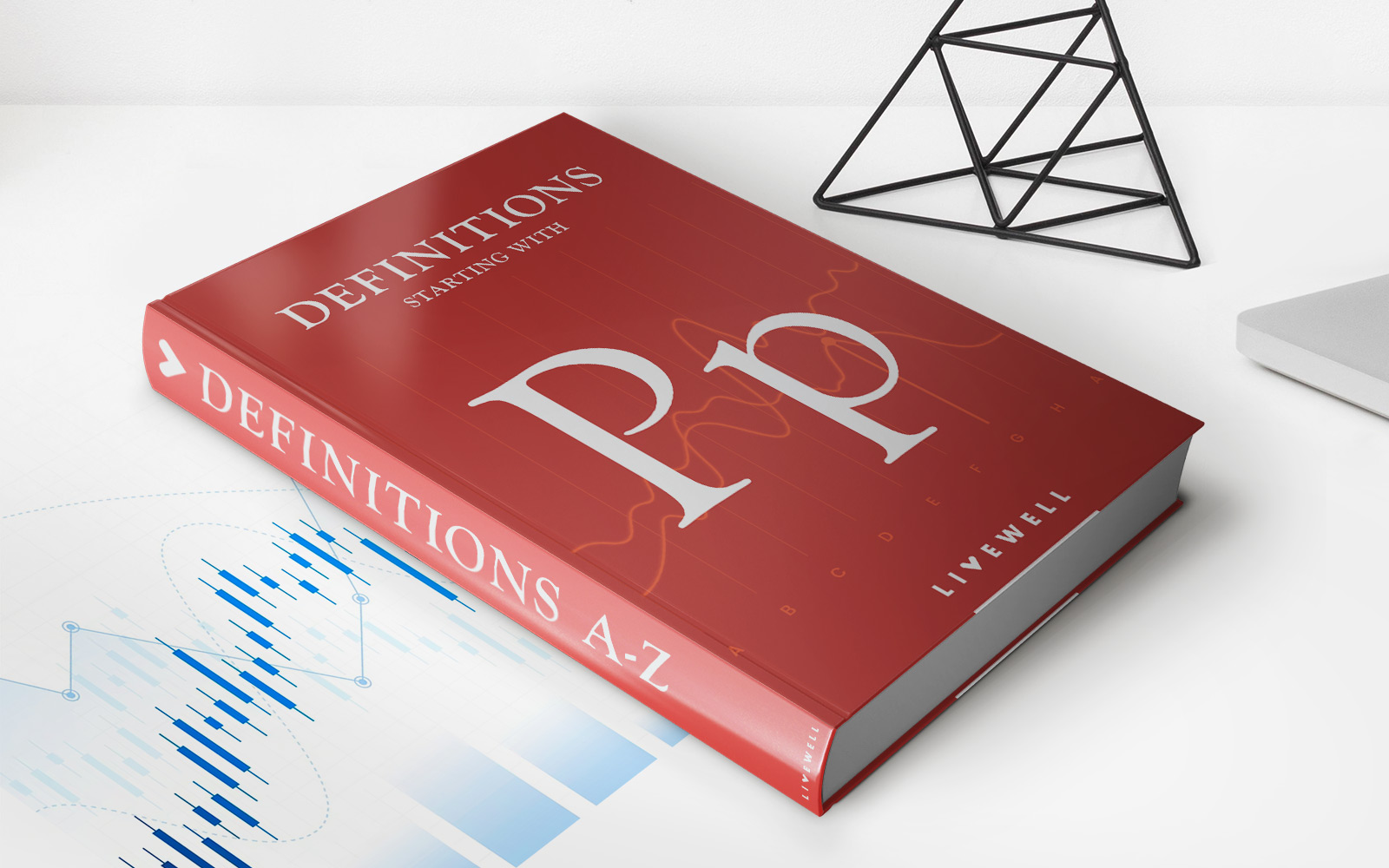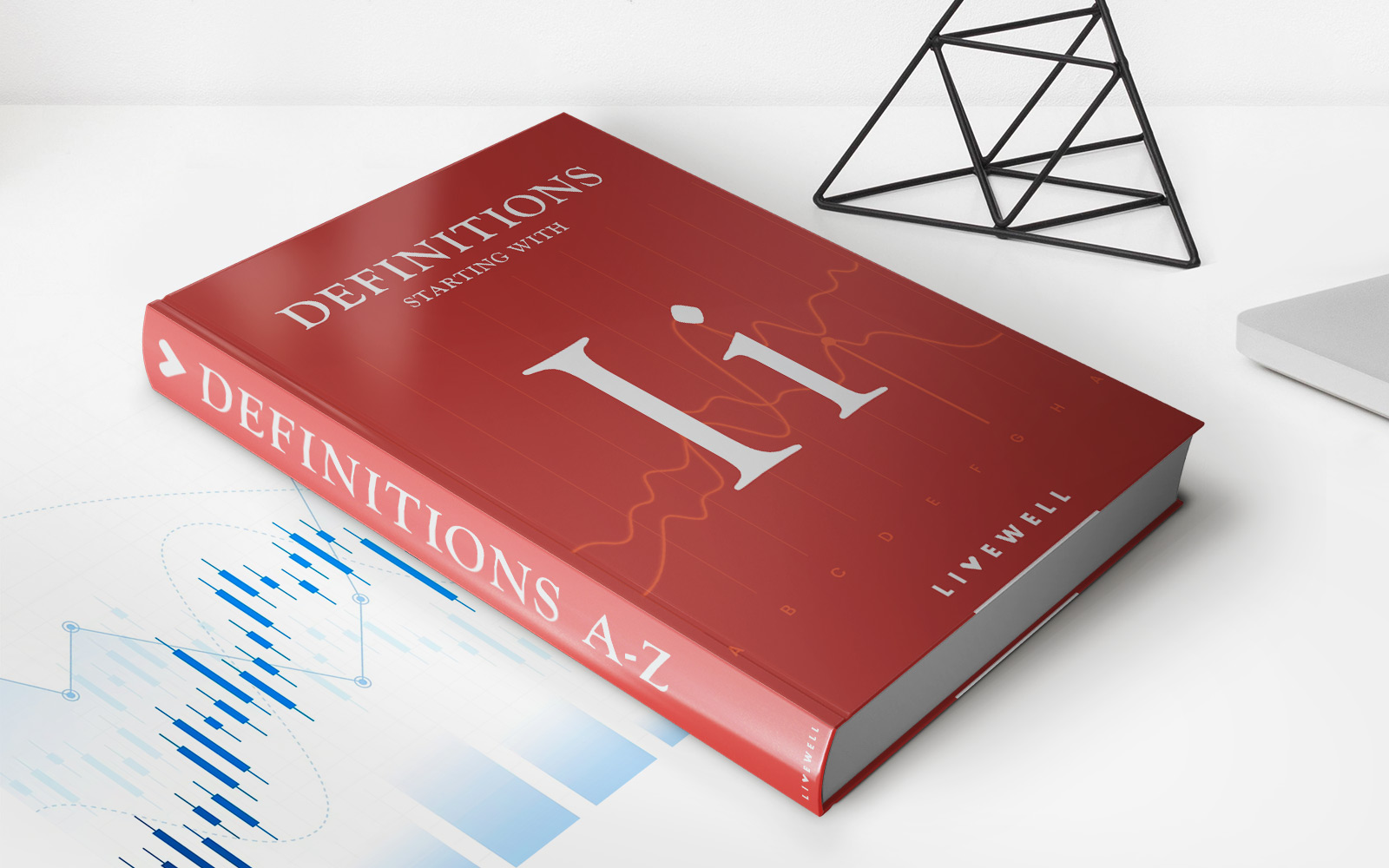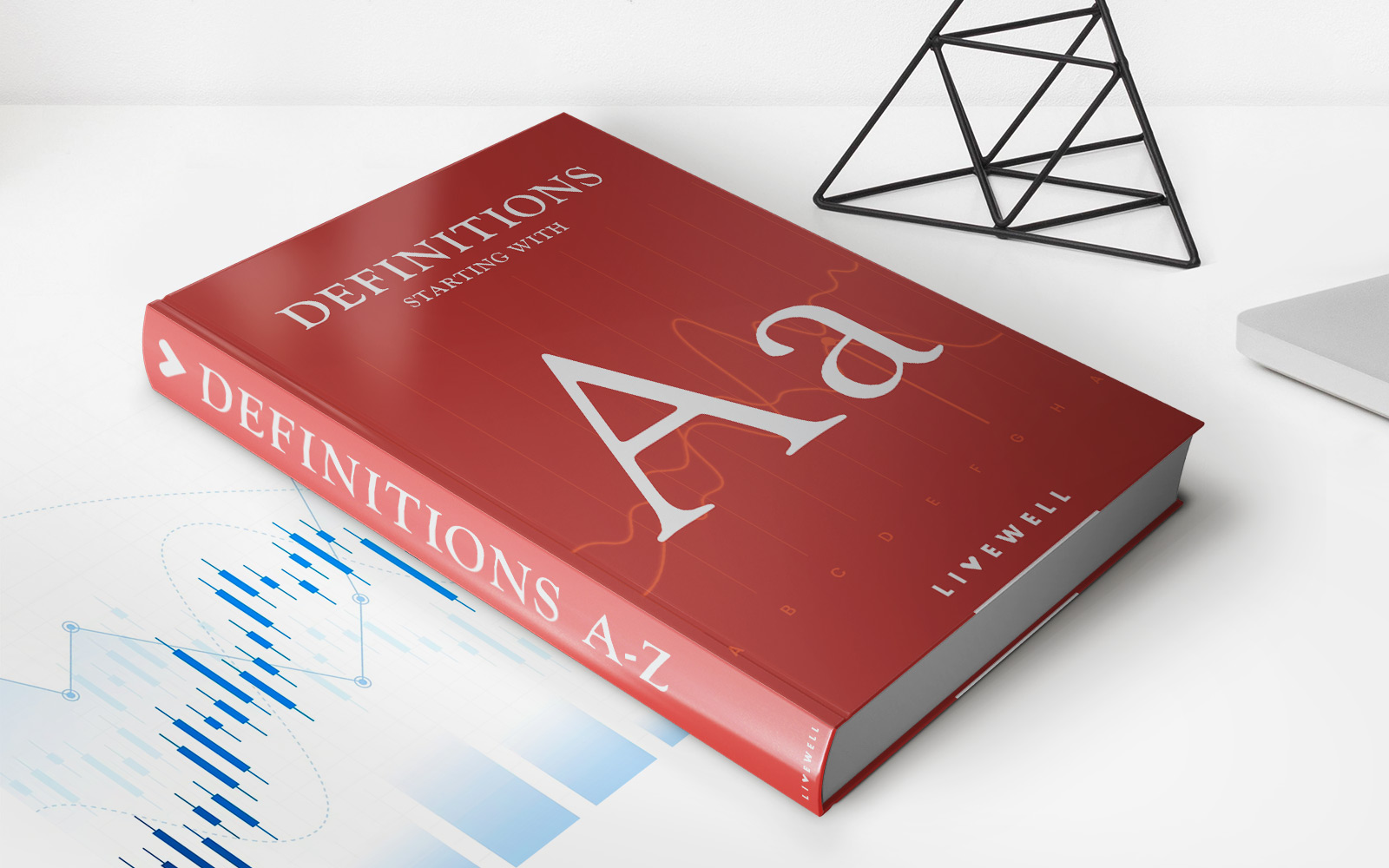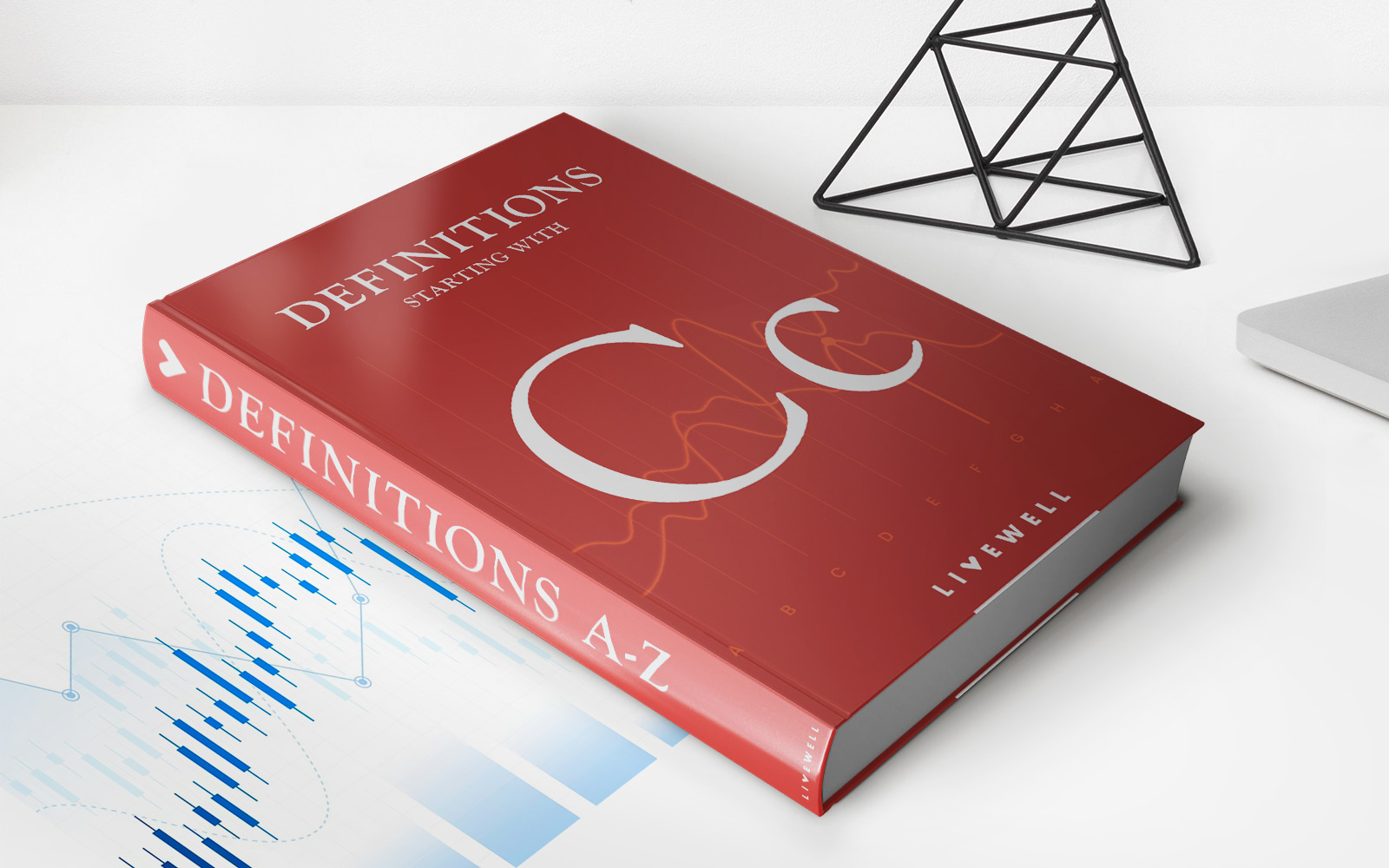Home>Finance>Executives’ Meeting Of East Asia-Pacific Central Banks (EMEAP) Definition
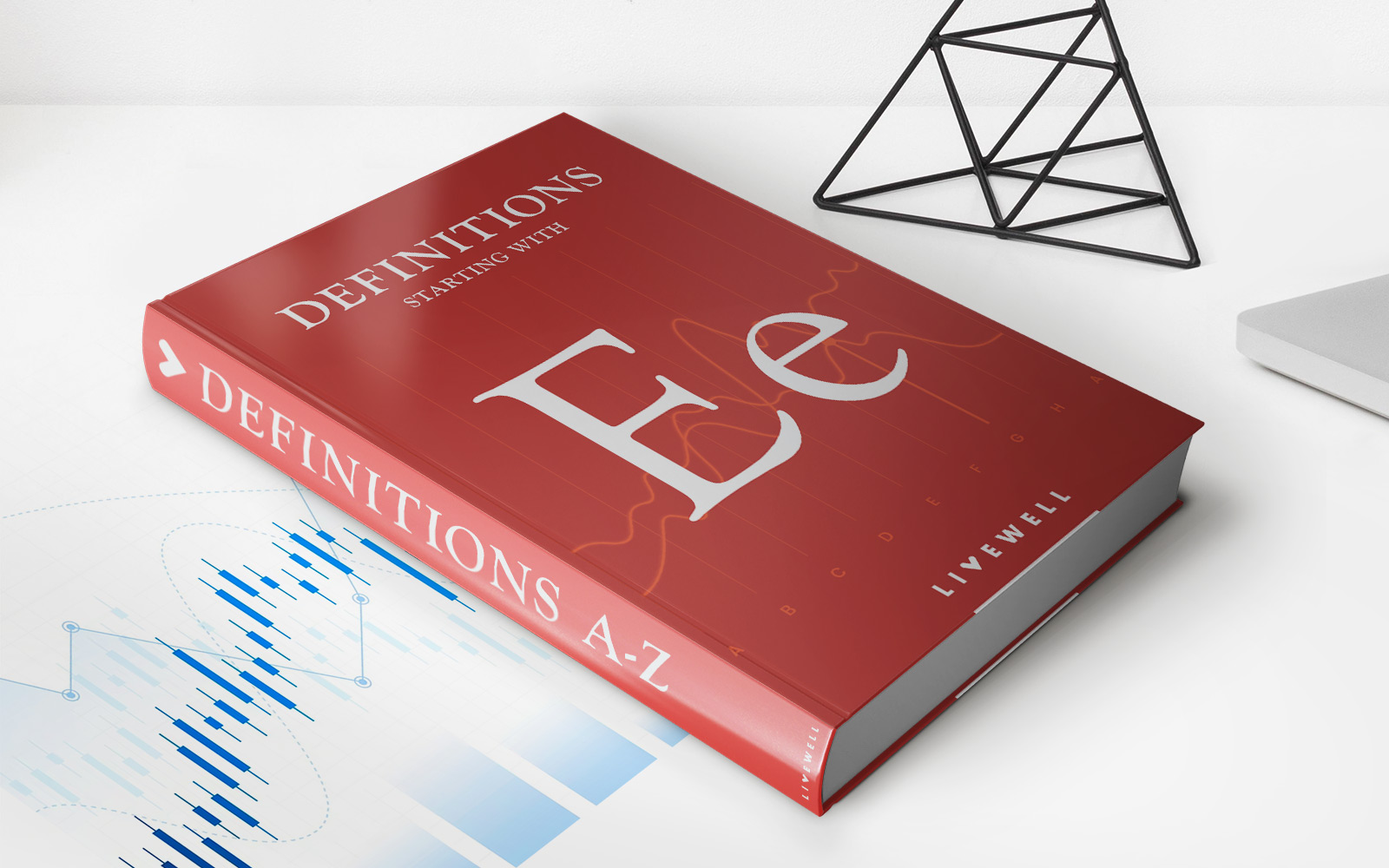

Finance
Executives’ Meeting Of East Asia-Pacific Central Banks (EMEAP) Definition
Published: November 20, 2023
Find the definition and purpose of Executives' Meeting of East Asia-Pacific Central Banks (EMEAP) in the field of finance. Discover the role of EMEAP in regional cooperation and financial stability.
(Many of the links in this article redirect to a specific reviewed product. Your purchase of these products through affiliate links helps to generate commission for LiveWell, at no extra cost. Learn more)
Understanding the Executives’ Meeting of East Asia-Pacific Central Banks (EMEAP)
Finance is a vast and dynamic field that encompasses various aspects of the global economy. Within this realm, international financial cooperation is of utmost importance for fostering stability and growth. One such initiative that plays a significant role in this regard is the Executives’ Meeting of East Asia-Pacific Central Banks (EMEAP). But what is EMEAP? In this blog post, we will delve into the definition, purpose, and key takeaways of this important financial institution.
The Definition of EMEAP
The Executives’ Meeting of East Asia-Pacific Central Banks, commonly known as EMEAP, is a cooperative platform formed by twelve central banks and monetary authorities in the East Asia and Pacific region. These member institutions include the Reserve Bank of Australia, Bank Negara Malaysia, Bank of Canada, Bank of Korea, Monetary Authority of Singapore, and several others.
Purpose and Objectives of EMEAP
EMEAP was established with the primary objective of promoting monetary and financial stability in the East Asia-Pacific region. Through regular meetings and collaborative efforts, member institutions aim to enhance regional financial market resilience, deepen policy dialogue, strengthen financial cooperation, and contribute to global stability.
Key Takeaways from EMEAP
- Policy Coordination: EMEAP facilitates policy coordination among its member central banks to address regional and global challenges effectively. This cooperation helps align monetary policies, exchange rate stability, and liquidity management.
- Information Sharing: EMEAP serves as a platform for sharing knowledge, expertise, and experiences in various areas of central banking and financial supervision. This exchange of information ensures that best practices and lessons learned are disseminated among members.
The Future of EMEAP
As regional economies continue to evolve, EMEAP remains committed to its core objectives and expanding its scope to meet new challenges. The ongoing cooperation among member institutions signals the importance of collaboration in maintaining financial stability and fostering economic development in the East Asia-Pacific region.
In conclusion, the Executives’ Meeting of East Asia-Pacific Central Banks (EMEAP) plays a vital role in promoting financial stability and cooperation among central banks in the East Asia-Pacific region. Through policy coordination and information sharing, this platform sets the stage for enhanced regional resilience and economic growth. As the future unfolds, EMEAP will continue to be a key player in shaping the financial landscape of the region.
